The Anti Capitalist Front Built by Stalin - Communists and National-socialists' common struggle
Adolf Hitler once confided to Benito Mussolini that “capitalism had outlived its time.” Hitler expressed, both publicly and privately, a deep contempt for capitalism, accusing it of holding nations hostage for the benefit of a rentier class of “cosmopolitan parasites.”
He opposed the market economy and the unrestrained pursuit of profit, wishing instead for an economy that respected the public interest. He did not trust capitalism and favored a planned economy.
In 1934, he declared before members of the party that “the contemporary economic system was the creation of the Jews.” He also believed that the business class “wanted nothing but profits, and the fatherland meant nothing to them.” In keeping with this line of thought, the German socialist program planned a harsh blow against private land ownership, advocated for worker participation in factories, and supported the socialization of industry, placing the business sector under the orbit of the party.
Hitler saw in Napoleon Bonaparte a model for anti-capitalist, anti-conservative, and anti-bourgeois behavior. He asserted that war was the only way to acquire the necessary resources and the only means of defeating the declining capitalist economic system.
Hitler also once stated: “I have always preferred a hundred times over a communist to one of those hypocritical, selfish bourgeois, solely concerned with defending their money. A communist fights; he can be persuaded. A bourgeois is, above all, a being firmly convinced of the omnipotence of money. That is his doctrine. This is why every bourgeois or embourgeoisified movement is doomed to fail, regardless of the language employed by its leader. That is why the bourgeois parties are true parties of disorder. We can do nothing but despise the cowardice of the bourgeois.”
Communists sought to impose upon fascist and national-socialist movements the epitome of a new stage of capitalism. According to the narrative crafted by the communists, capitalism would express itself in its most intense form through fascism and National Socialism, more so than through social democracy or other nationalist or patriotic alternatives lacking a socialist DNA.
For this very reason, Moscow instructed the communist parliamentary bloc in Germany to refuse any coalition with the Social Democrats, thereby creating the political conditions that enabled the National Socialists to seize power in 1933.
Joseph Stalin justified this stance by arguing that it would sharpen the contradictions present in Germany, as capitalism would reveal its true face. As early as 1927, anticipating the rise of the National Socialists, Stalin regarded this event as desirable for the Soviet strategy, stating: “It is precisely the fact that the capitalist government is becoming fascist that is intensifying tensions in capitalist countries and inciting revolutionary workers' movements,” — a statement reportedly made before the Central Committee.
Stalin labeled Hitler’s regime a “terrorist dictatorship” and emphasized that “the revolutionary crisis will grow more rapidly, for the more the bourgeoisie becomes confused by its combinations and tactics, the more the dictatorship will resort to terrorist methods.”
In 1932, German politics reached a deadlock: Adolf Hitler was in first place, the Social Democrats in second, and the Communists in third. Nevertheless, none of the three could control the absolute majority necessary to take power—which is to say, the Communists could determine who would rise to power.
If the Communists had aligned with the Social Democrats, National Socialism would have sunk; if they stood against the Social Democrats, social democracy would collapse.
Under Stalin’s orders, the German communist leaders chose the second option — they refused to form a bloc with the Social Democrats. Publicly, for communist militants and workers, the Communist Party’s policy regarding the Social Democrats was justified through distorted reasoning: there would be no radical difference between a regime of parliamentary democracy and a fascist dictatorship. Both would be forms of bourgeois dictatorship, which was becoming increasingly reactionary.
For international socialists, the Social Democrats’ policy prevented war; therefore, it prevented revolution and, ultimately, the victory of the working class. On the other hand, the National Socialist policy would raise the chances of war, of revolution, and, ultimately, of the victory of the working class. With this dialectic, it was concluded that Hitler’s party should lead the main attack against the Social Democrats, since they were the most dangerous enemy, for they still maintained some influence over the working class and could delay an effective war against capitalism.
The first occasion of open cooperation between National Socialists and communists occurred in August 1931, in East Prussia, where the Social Democrats were in power. The National Socialists initiated a plebiscite with the objective of removing the Social Democrats. Initially, the communists opposed the plebiscite. However, after receiving instructions from Moscow, they changed their position. National Socialists and communists then joined forces under a single red banner, in which the swastika intertwined with the hammer and sickle. Although the communists nicknamed the plebiscite the “Red Referendum” and the National Socialists referred to them as “comrades of the working people,” they failed to achieve a majority in the vote.
A year later, a few days before the Reichstag elections, in November 1932, a strike in public transportation began. Communists and Nazis orchestrated it together. Shock troops and members of the Rotfront (communist paramilitaries) paralyzed public transportation for five days: they tore up tram tracks, organized pickets, assaulted workers who tried to show up for work, and used force to prevent the circulation of the vehicles that the authorities managed to put on the streets.
After the rise of the National Socialists to power, the Soviets began to maneuver European geopolitics with the objective of provoking the start of a new world war. When he agreed to sign the non-aggression pact and to the partition of Poland in 1939, Stalin knew exactly where events were heading and was aware that England would not remain indifferent to a German invasion of Poland — unlike Hitler’s political calculation, who, trusting in Ribbentrop’s advice, dismissed this possibility. But from that point on, the communists’ anti-capitalist strategy, through the merging and manipulation of the socialist movements of the target countries, would bear half of its fruits, despite the setbacks suffered with the surprise attack by the German socialists in 1941.
REFERENCES:
R. J. Overy, The Dictators: Hitler's Germany and Stalin's Russia, pp. 230, 399, 402 e 403. Conradi, Peter (2004).
Hitler's Piano Player: The Rise and Fall of Ernst Hanfstaengl, Confidant of Hitler, Ally of FDR, pp. 284.
FEDER, Gottfried. O Programa NSDAP e suas concepções doutrinárias fundamentais. P. 21/25
SUVOROV, Viktor. O Grande Culpado: o plano de Stálin para iniciar a Segunda Guerra Mundial. P. 58/61
CASTAN, Siegfried Ellwanger. Holocausto Judeu ou Alemão? – nos bastidores da mentira do século. P. 40
0
















































 AgentofSocialMediaChaos
AgentofSocialMediaChaos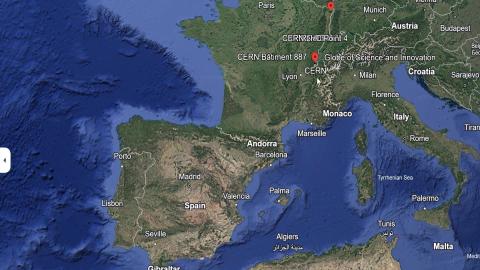
 Richie From Boston
Richie From Boston
 The David Knight Show
The David Knight Show
 Brother Nathanael
Brother Nathanael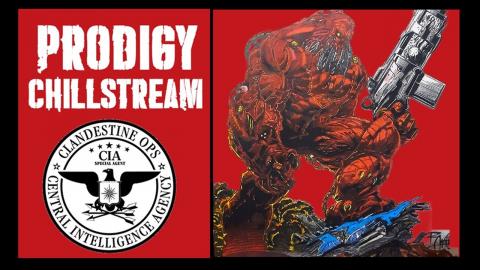
 Hammerhand
Hammerhand
 Redacted News
Redacted News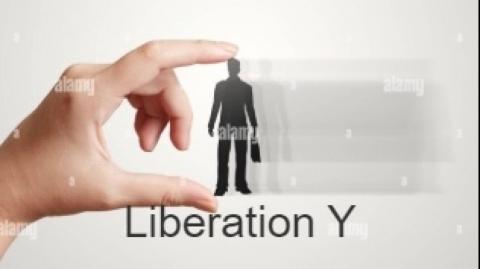
 4_ArchAngel
4_ArchAngel
 Grims Dungeon Of Degeneracy
Grims Dungeon Of Degeneracy

 RT
RT
 Styxhexenhammer666
Styxhexenhammer666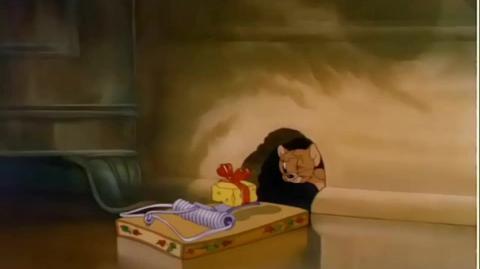

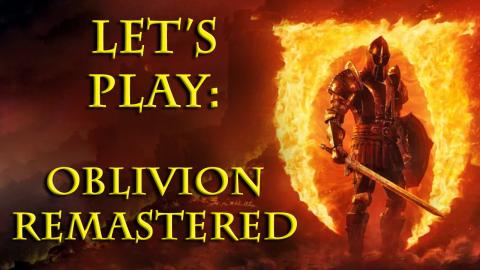
 Better Bachelor
Better Bachelor
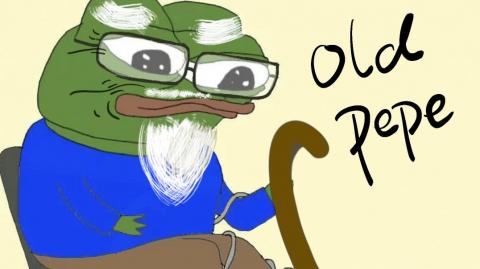
 Ozmosis
Ozmosis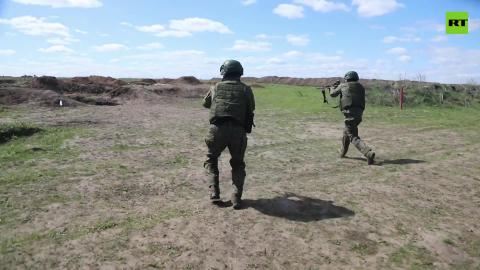

 TheQuartering
TheQuartering
 Gonzo Og
Gonzo Og
Log in to comment
Start now making every month extra $8000-$22000 or more by just doing an easy online work from home. Last month i have earned and received $19650 from this work by giving this only 3 hrs a a day.Every person can now get this work and start earning online by.
For details check ——-⫸ https://SmartFlipCash76.pages.dev/